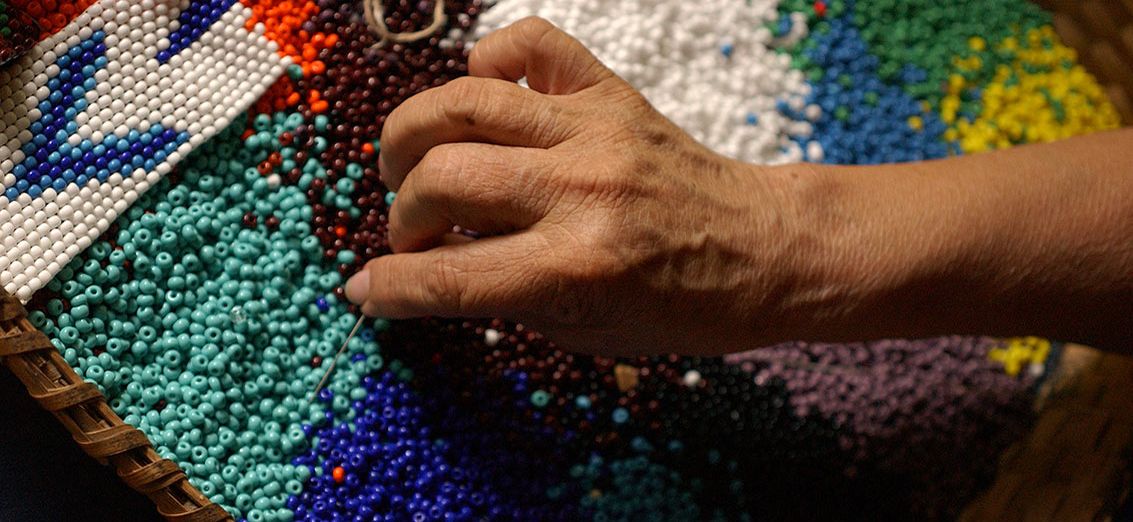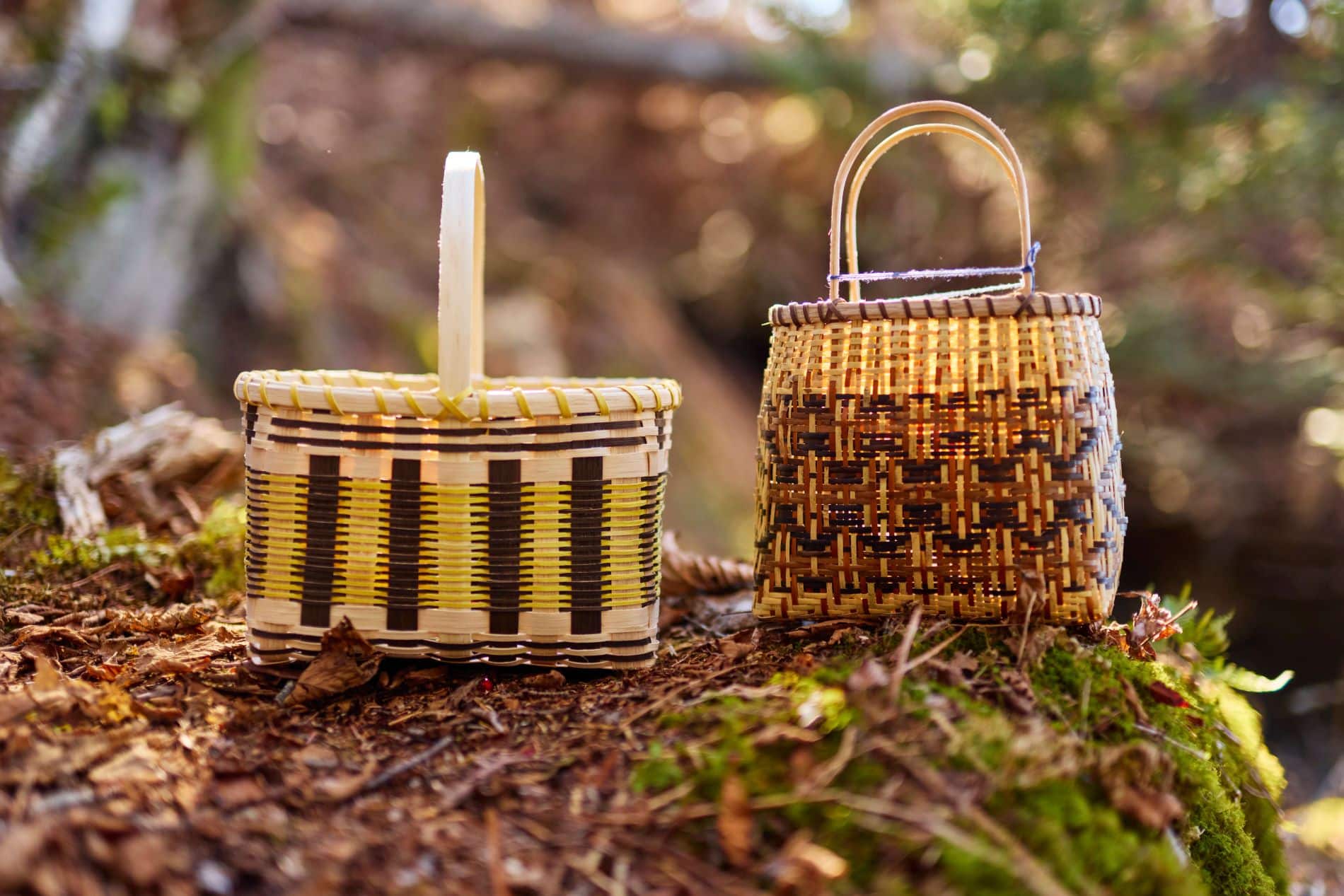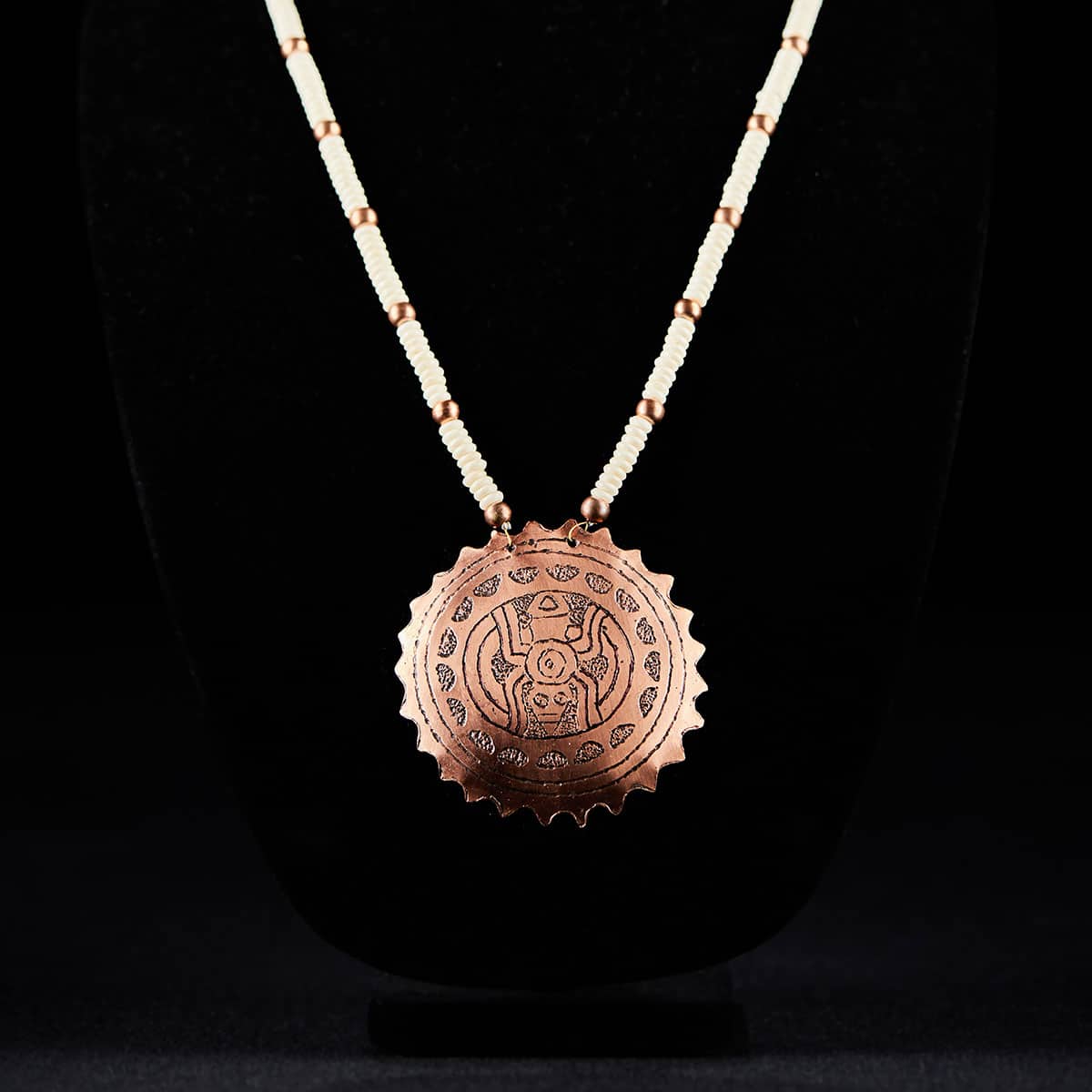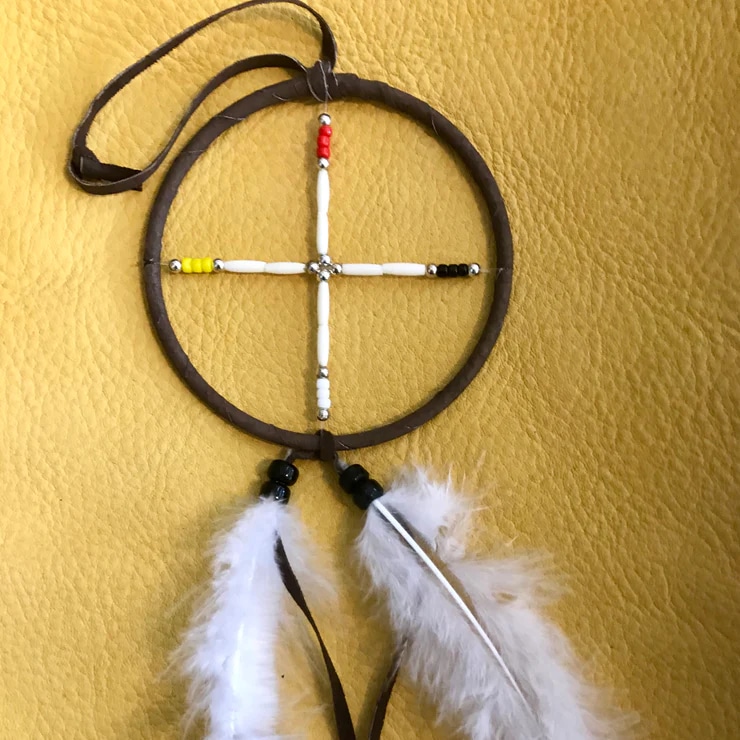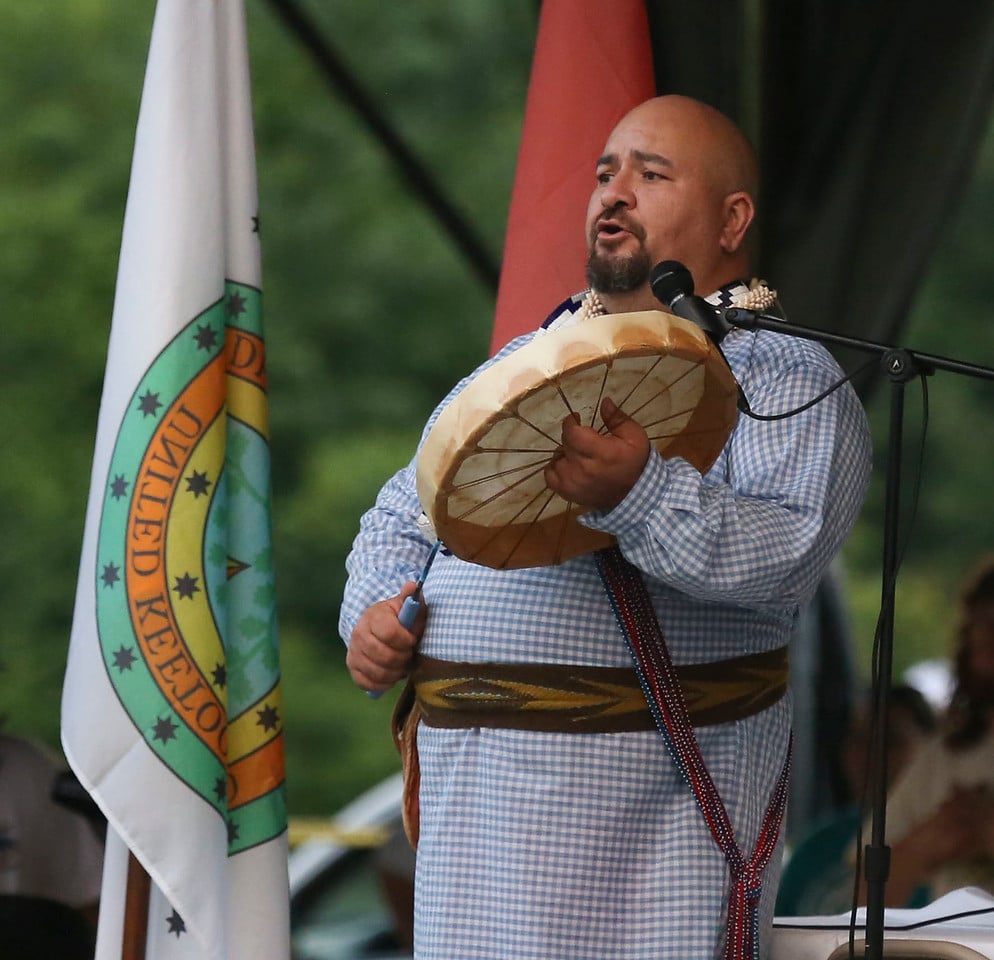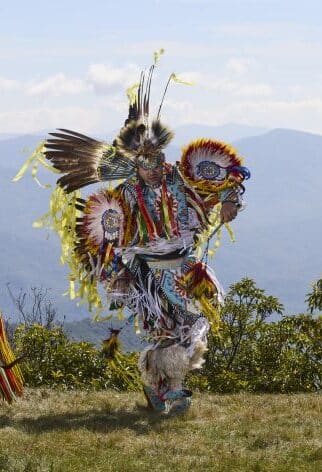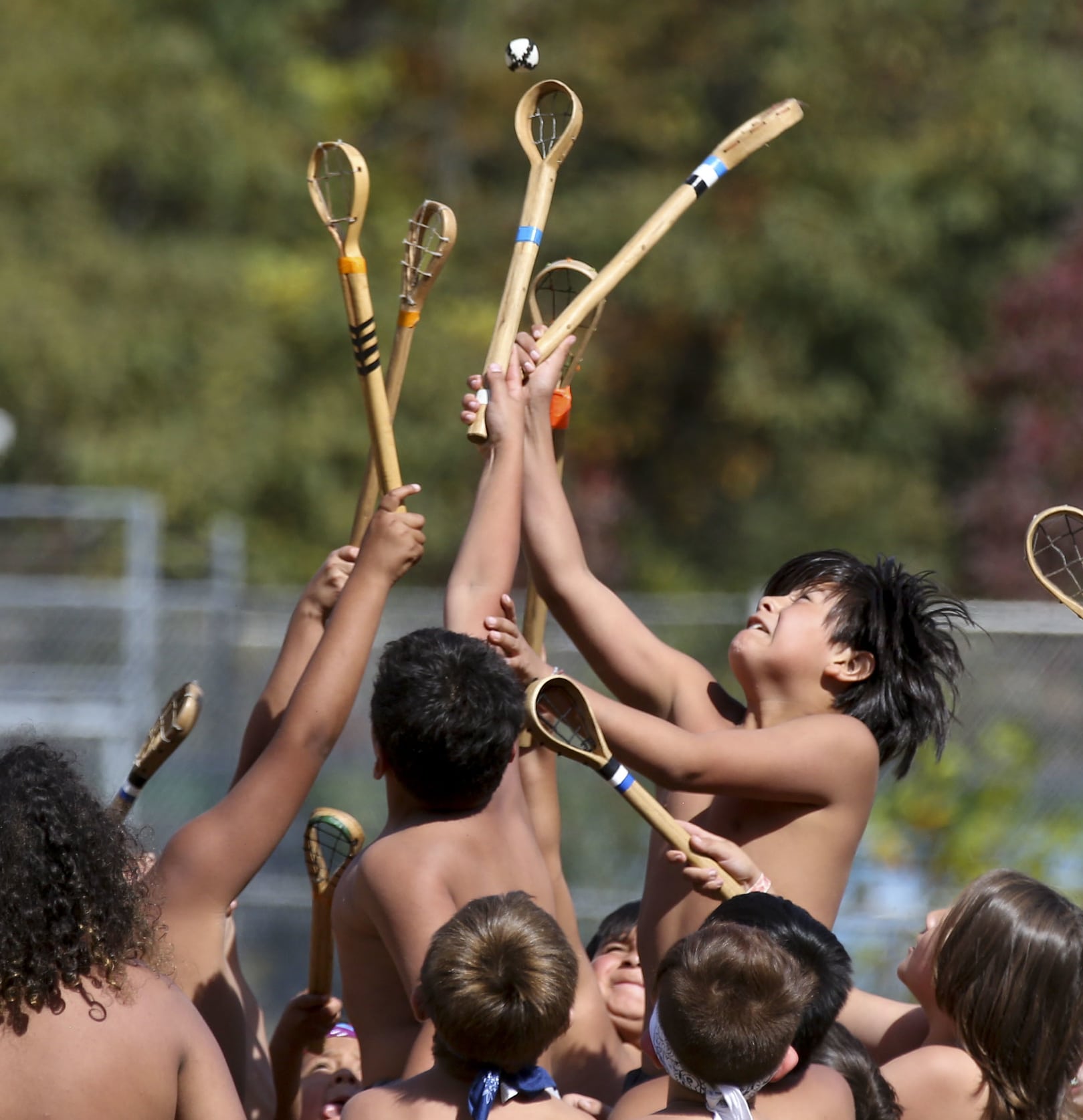About Us
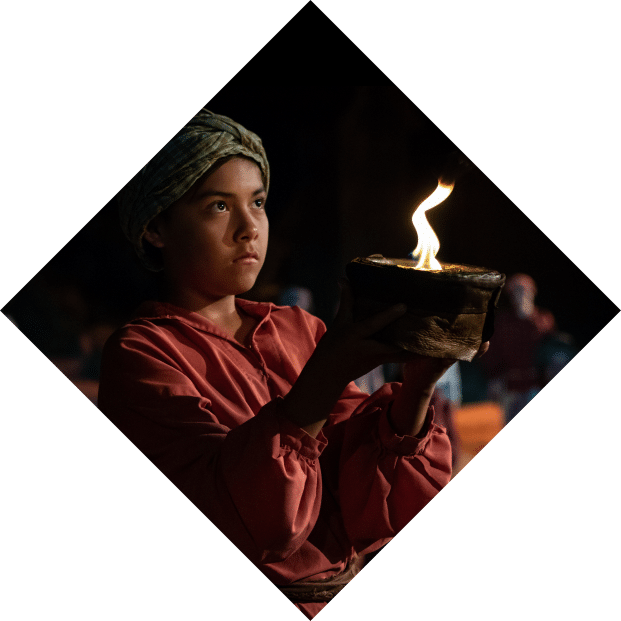
Take a Journey to the Home OF the Eastern Band of Cherokee Indians
The Qualla Boundary – The Original Home of the Cherokee

The Eastern Band of Cherokee Indians is a sovereign nation with more than 15,000 enrolled members and is the only federally recognized Native American tribe in North Carolina. The Eastern Band of Cherokee Indians makes their home on the 56,600-acre Qualla Boundary in five Western North Carolina counties about an hour west of Asheville and at the entrance to the Great Smoky Mountains National Park.
In Cherokee, history flows through each andevery adventure. As you explore, you’ll find that the spot you’re on likely comes with a story, a belief, or a historical event that’s meaningful to the Cherokees. From Judaculla the giant’s stomping grounds to a turn in the Oconaluftee River where Uktena the snake may have lived, history is everywhere.
A look back begins in 2000 B.C., when Cherokee’s ancestors were hunters and gatherers, often sharing their beliefs through storytelling, ceremonies, and dance. They would soon develop a sophisticated culture, however. In fact, by the time the Spanish explorer Hernando de Soto first encountered Cherokees in 1540 A.D., they already had an agricultural system and peaceful self-government.
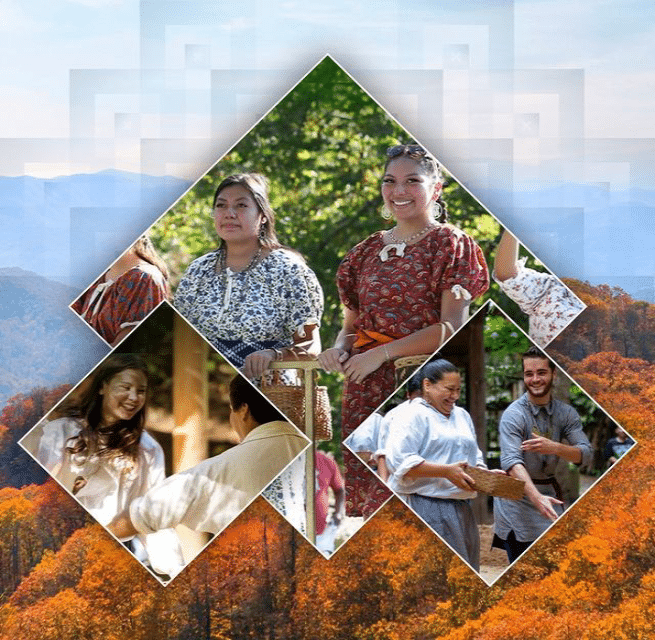
How the Eastern Band of Cherokee Indians Formed
The Cherokee have a rich and storied history. In the early 1800’s, the Cherokee adapted the tribal governing structure to include a written constitution. Cherokee courts and schools were established and, in 1821, a Cherokee scholar named Sequoyah invented a written Cherokee language. In 1828, just 7 years later, a Cherokee language newspaper began publishing. Unfortunately, despite the Cherokee’s efforts to adapt to European culture, the federal government of the United States decided it was no longer important to maintain a strong allied relationship with the Cherokee nation. In 1838 the desire for more land and Georgia gold gave the government an excuse to forcefully remove Cherokee in the Southeast. More than 16,000 native people were marched on what would historically become known as the Trail of Tears and relocated to Oklahoma. Between 25% and 50% of the Cherokee tribe died on the Trail of Tears.
The Connection between the North Carolina and Oklahoma Tribes
Some members of the Eastern Band of Cherokee Indians living in modern day WNC are descendants of Trail of Tears survivors, some of whom made it to Oklahoma and then walked back home. Others are descended from Cherokee who managed to keep land they owned and did not march West. Under the 1819 treaty some Cherokee had taken land and were allowed to remain. Others hid in the mountains and refused to be relocated. In 1850 the Eastern Band of Cherokee Indians numbered approximately 1,000. Presently, the Eastern Band of Cherokee Indians is a sovereign nation with over 14,000 members.
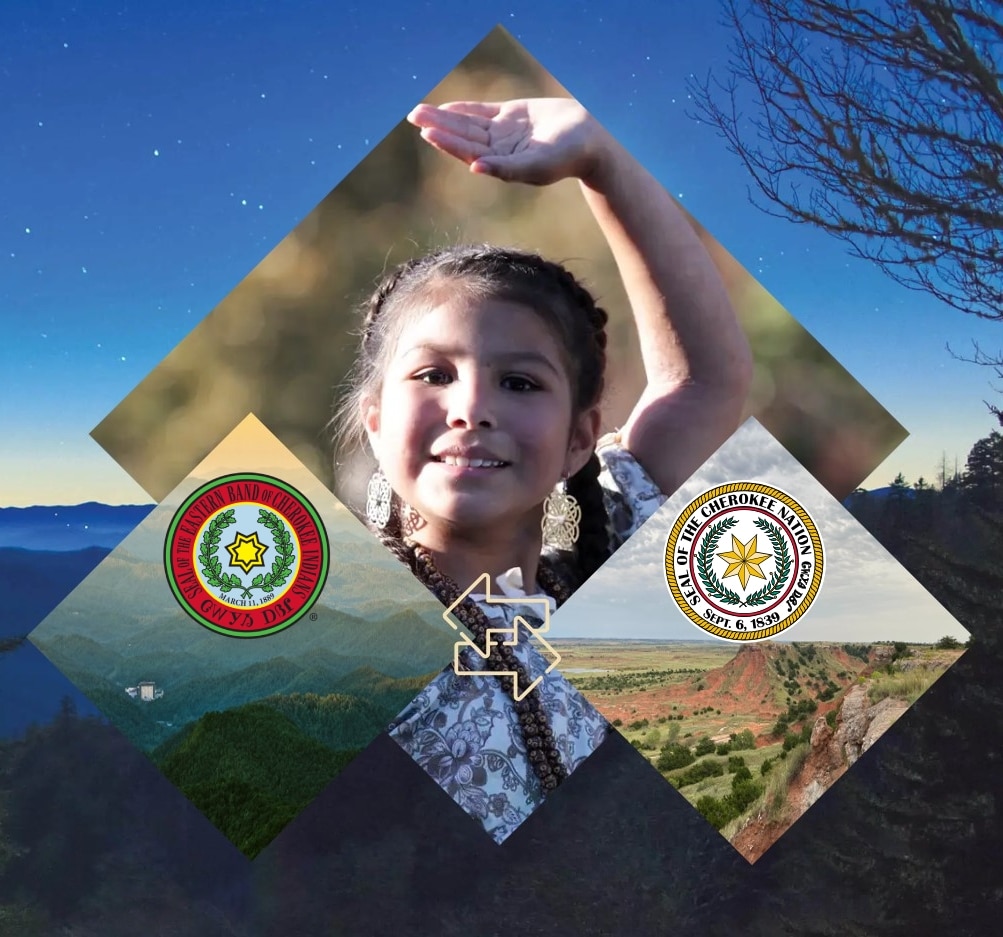

A Sovereign Nation
The Eastern Band of the Cherokee Indians is a sovereign nation located within the borders of the United States and is governed in a similar way. The Cherokee government consists of the following:
- An Executive Branch with a Principal Chief and a Vice-Chief
- A Legislative Branch made up of a 12 member tribal council – two representatives each from six townships
- A Judicial Branch
All government officials are elected using a democratic voting system. Voter turnout for the last major election was 70%. Tribal members are also allowed to vote in state and national elections. The tribe financially pays for schools, water, sewer, fire, and emergency services without assistance from the federal government. Cherokee schools teach the Cherokee language. In fact, the New Kituwah Language Academy teaches only in the Cherokee language. To learn more about the amazing history of the Eastern Band of the Cherokee, come visit the Museum of the Cherokee People.
Delve into the rich tapestry of the Cherokee people
Explore our curated collection of information on Cherokee traditions and heritage.

we are cherokee
We are not simply from our land; we are of our land.
The Cherokee people’s connection to our ancestral homeland is integral to our identity, shaping art, ceremonies, government, and so much more. The endurance of the Cherokee people over thousands of years, as documented through both archaeological evidence and oral histories, emphasizes the longstanding and rich heritage of the Cherokee people.
